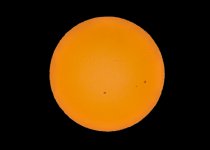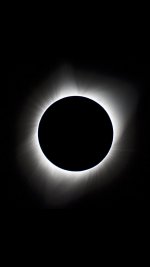sk66
Advertiser
- Messages
- 8,678
- Name
- Steven
- Edit My Images
- Yes
I'm lucky enough to be able to be in the central path of totality. And I got a NiSi Solar Filter Pro Nano to fit my Z180-600 for Christmas. So I gave it a go trying to figure out what will be the best settings. I don't know if this is a good result or not; I've never gotten a perfectly clear sky yet.





